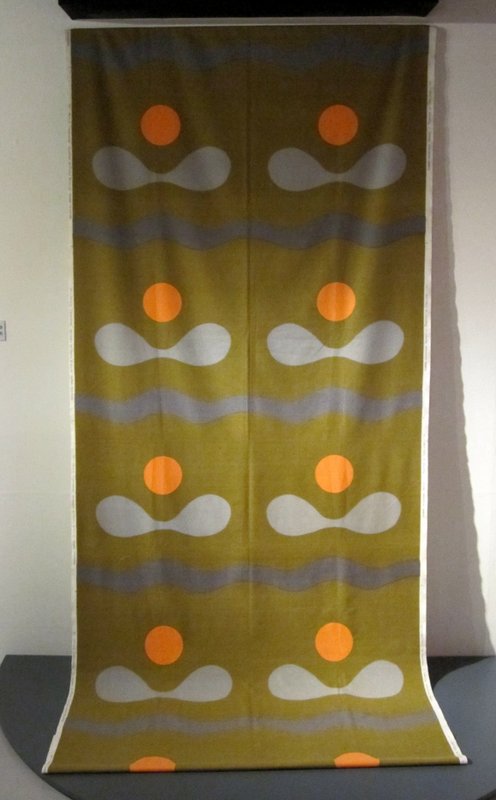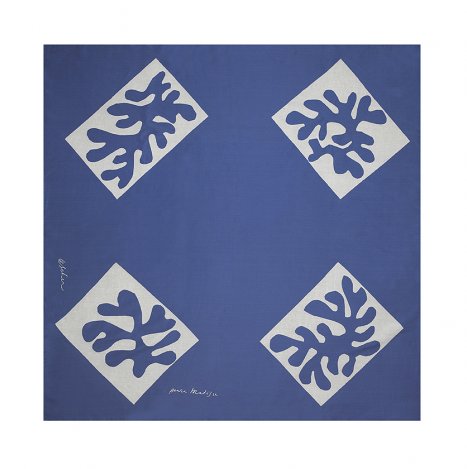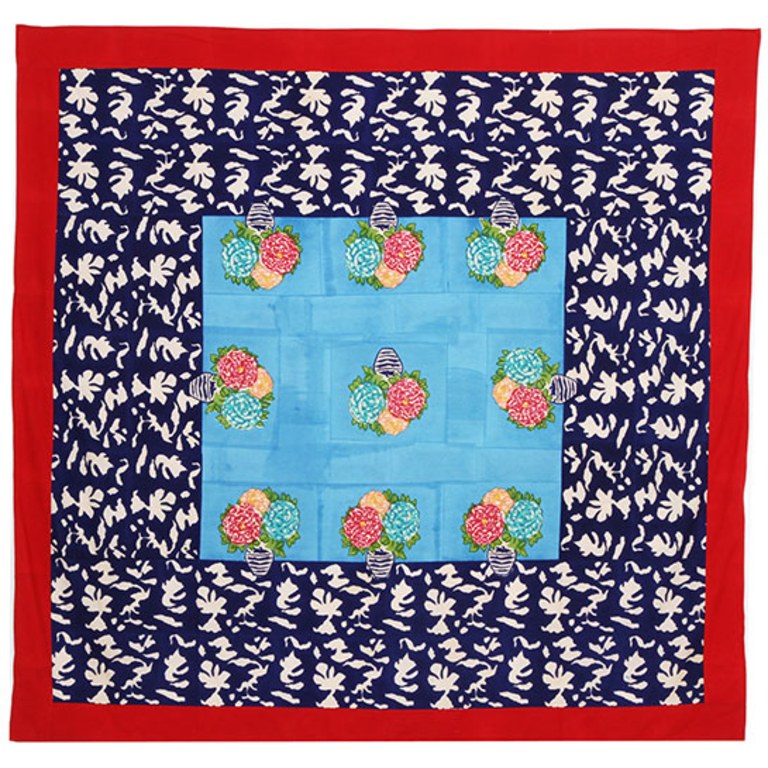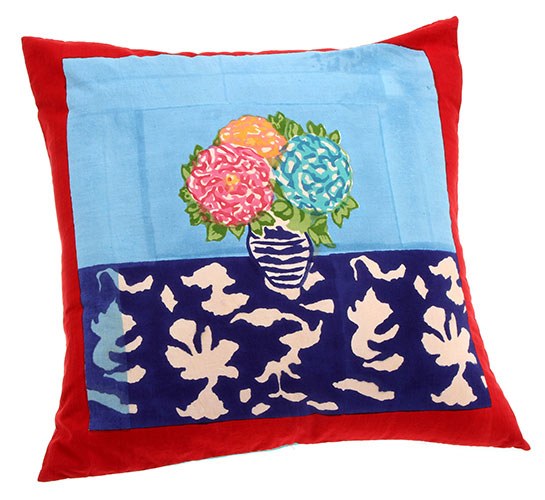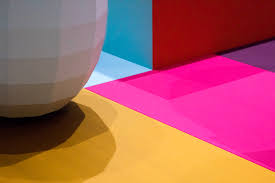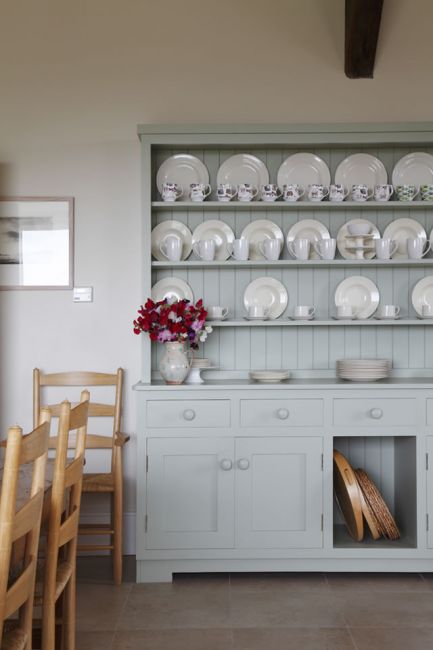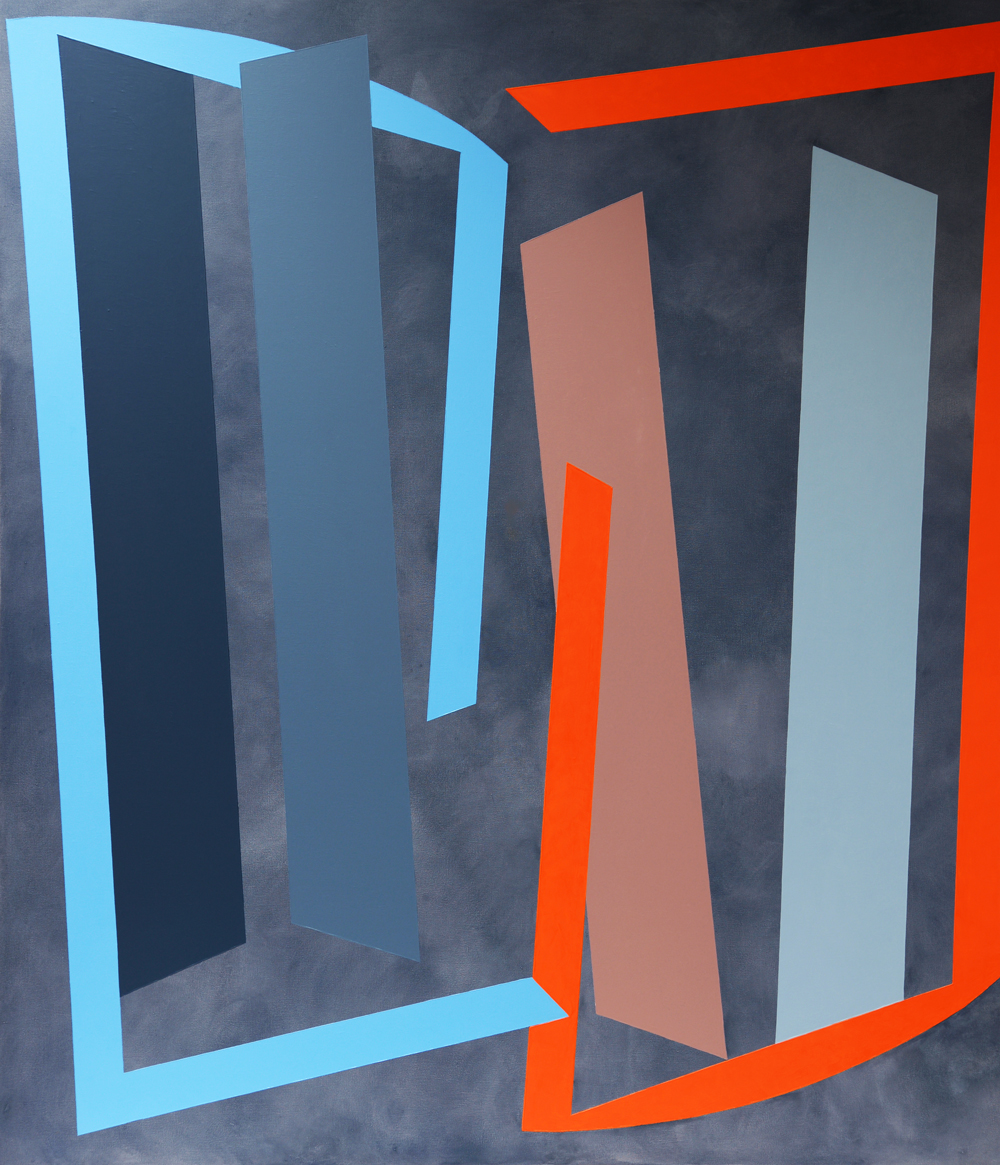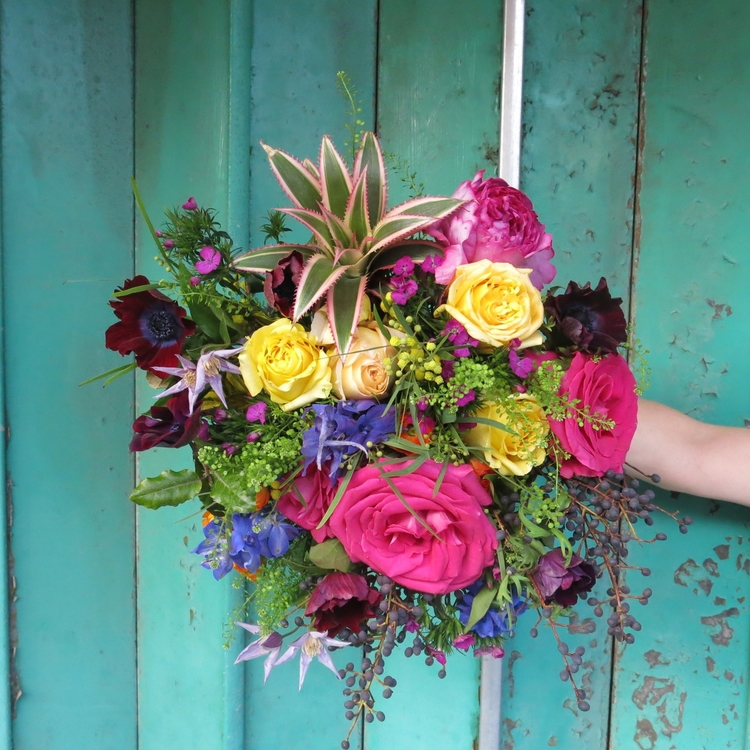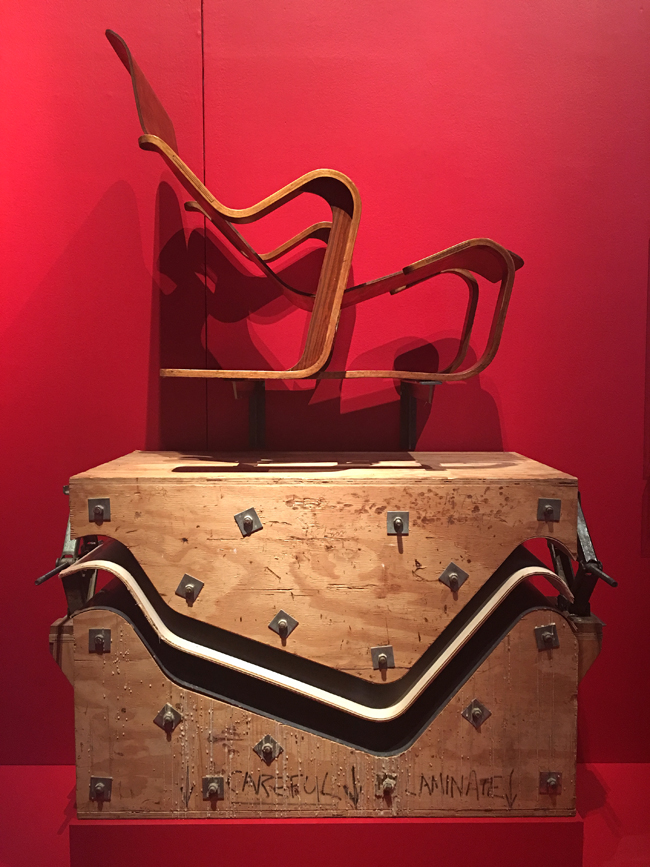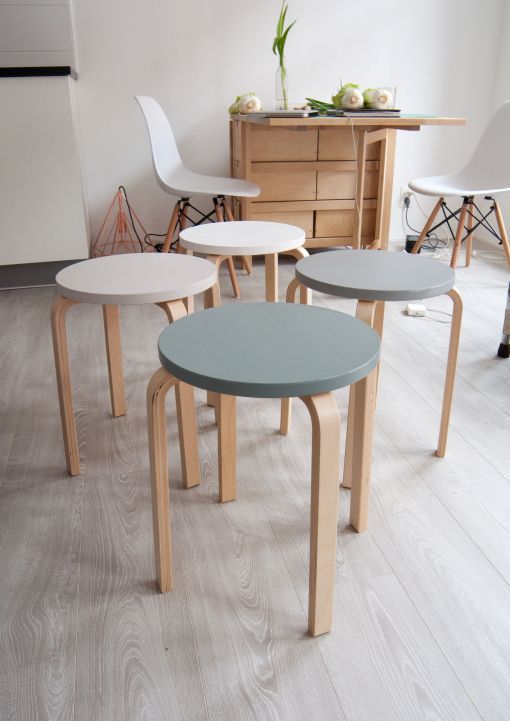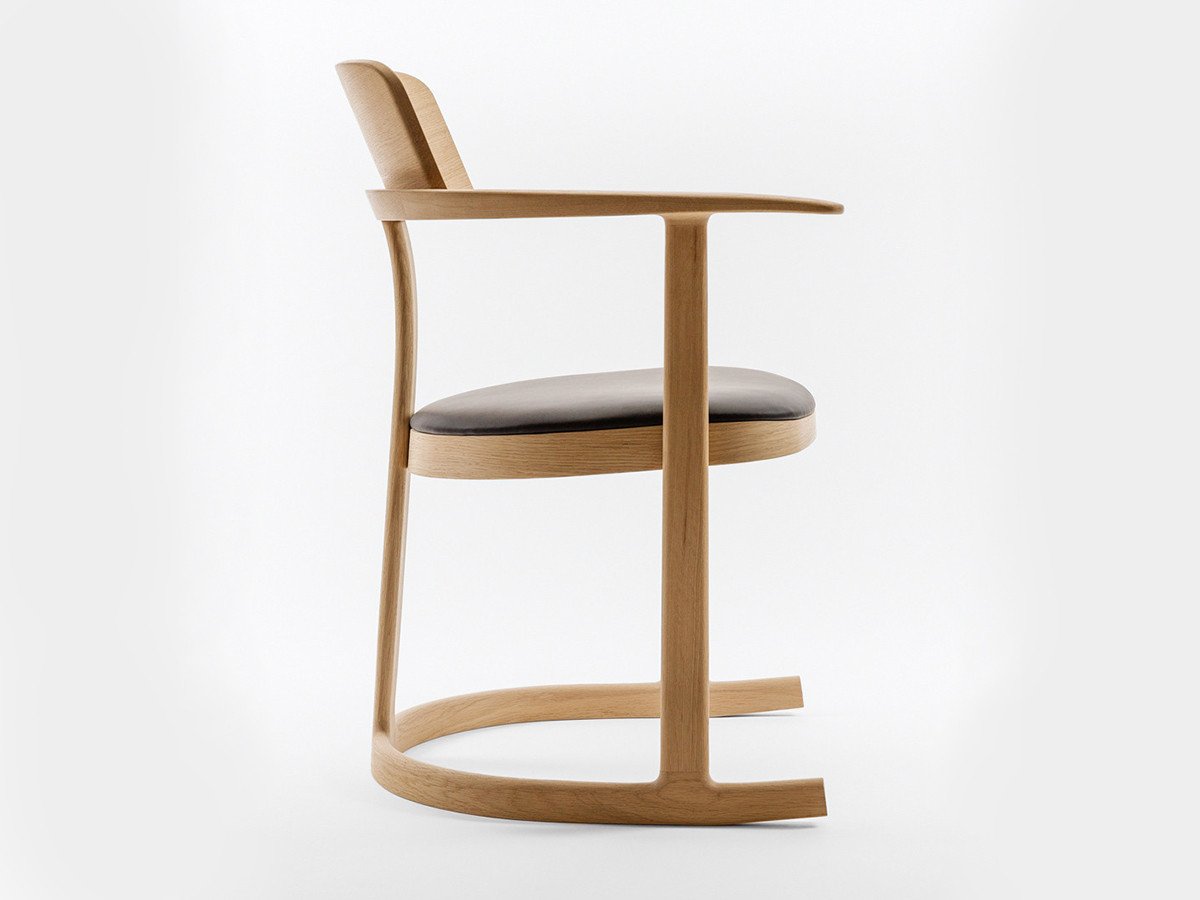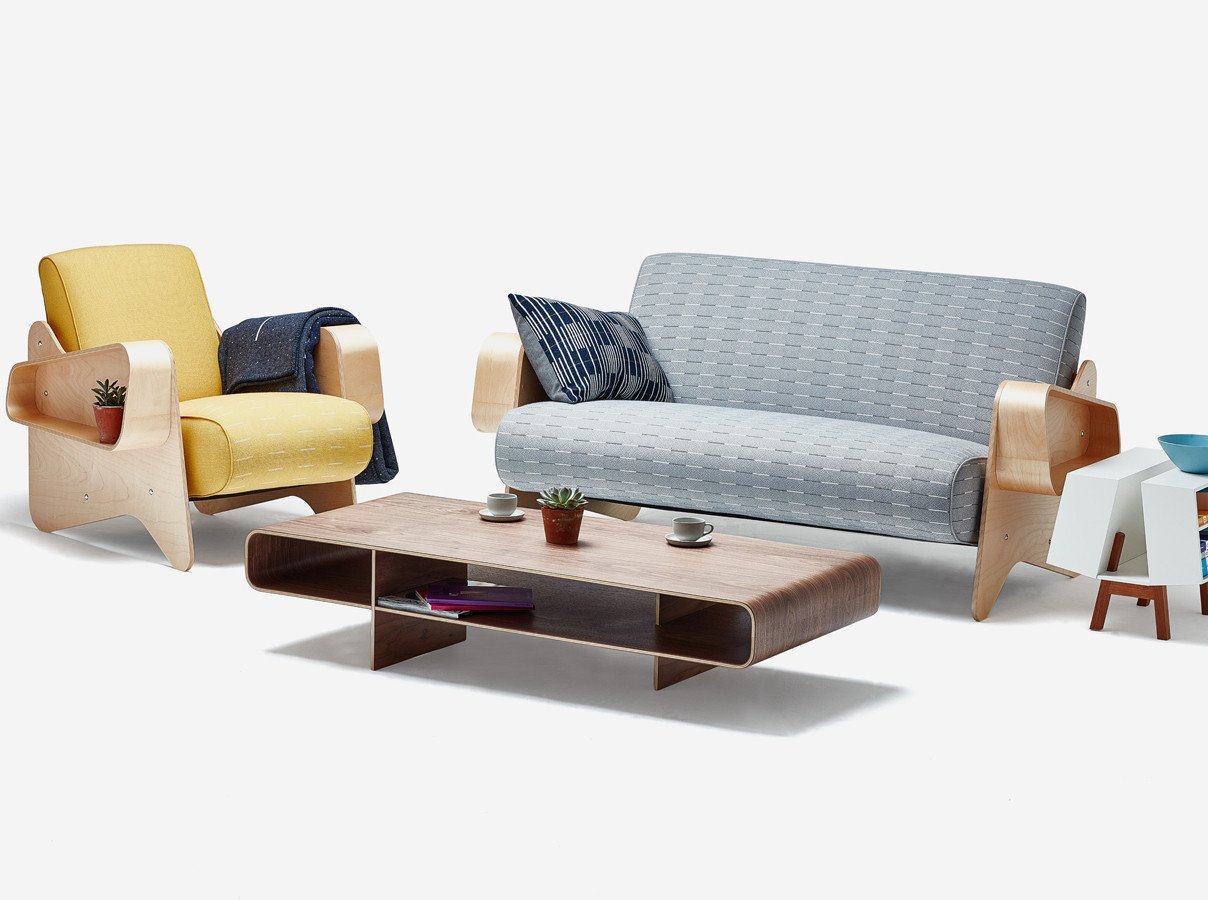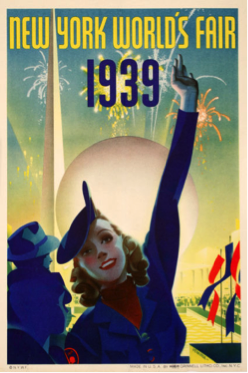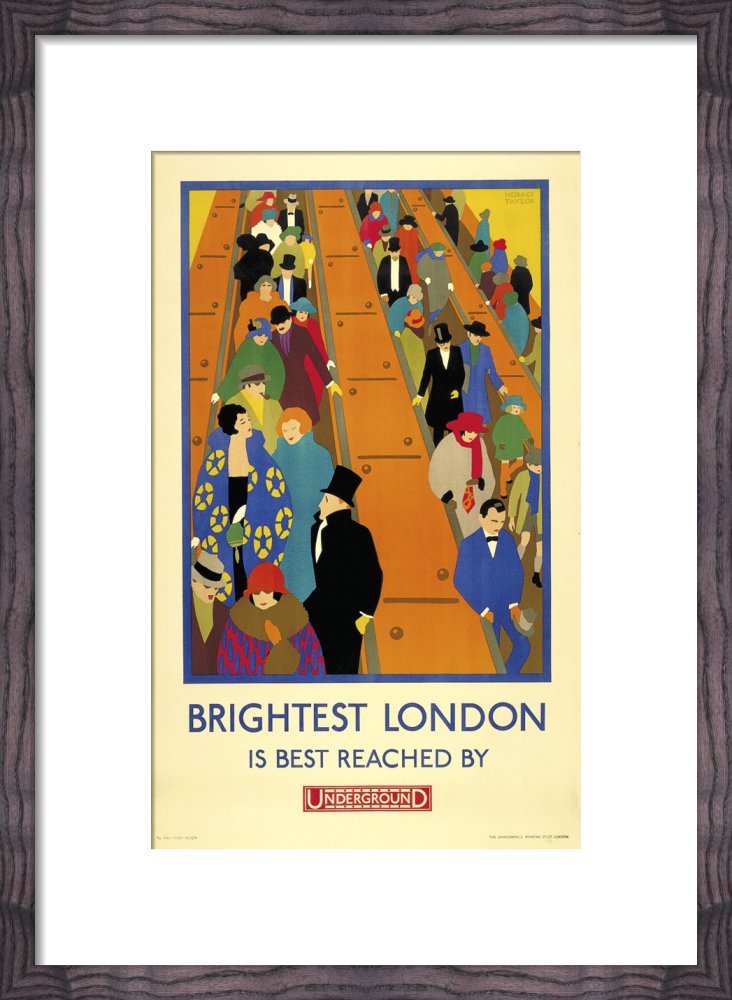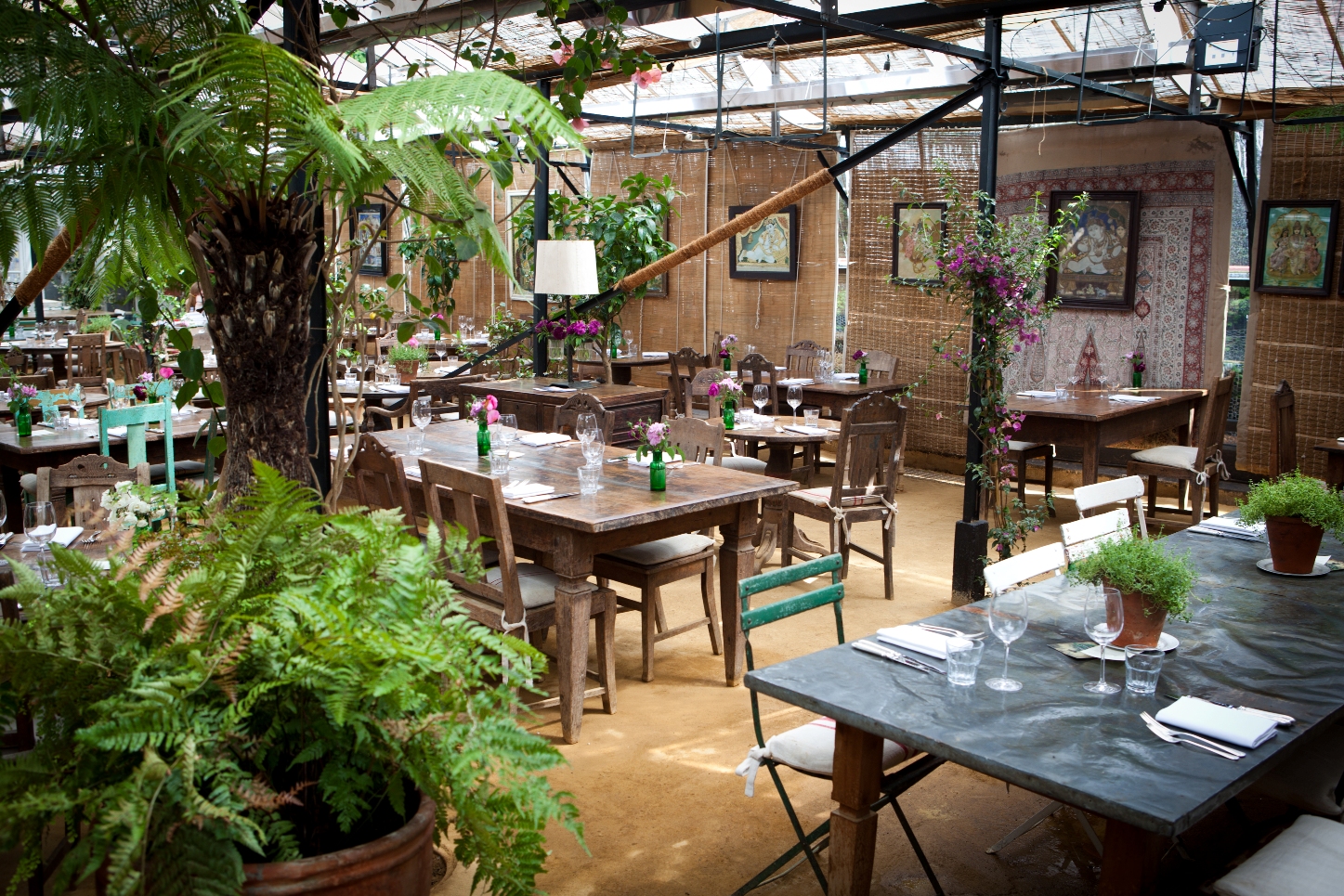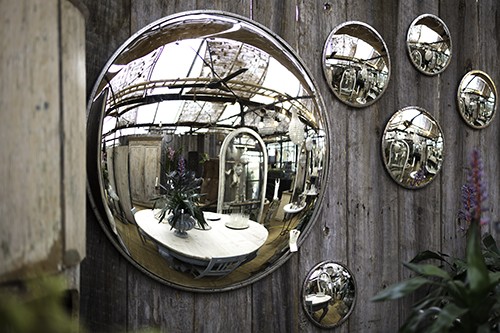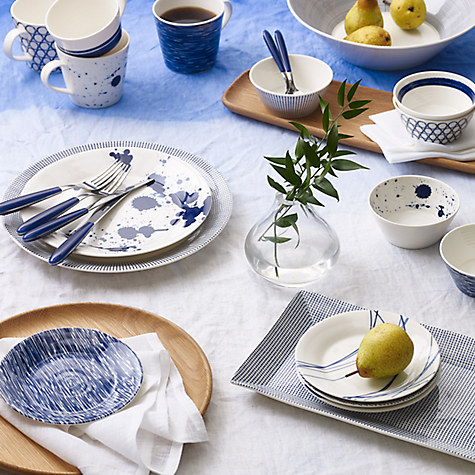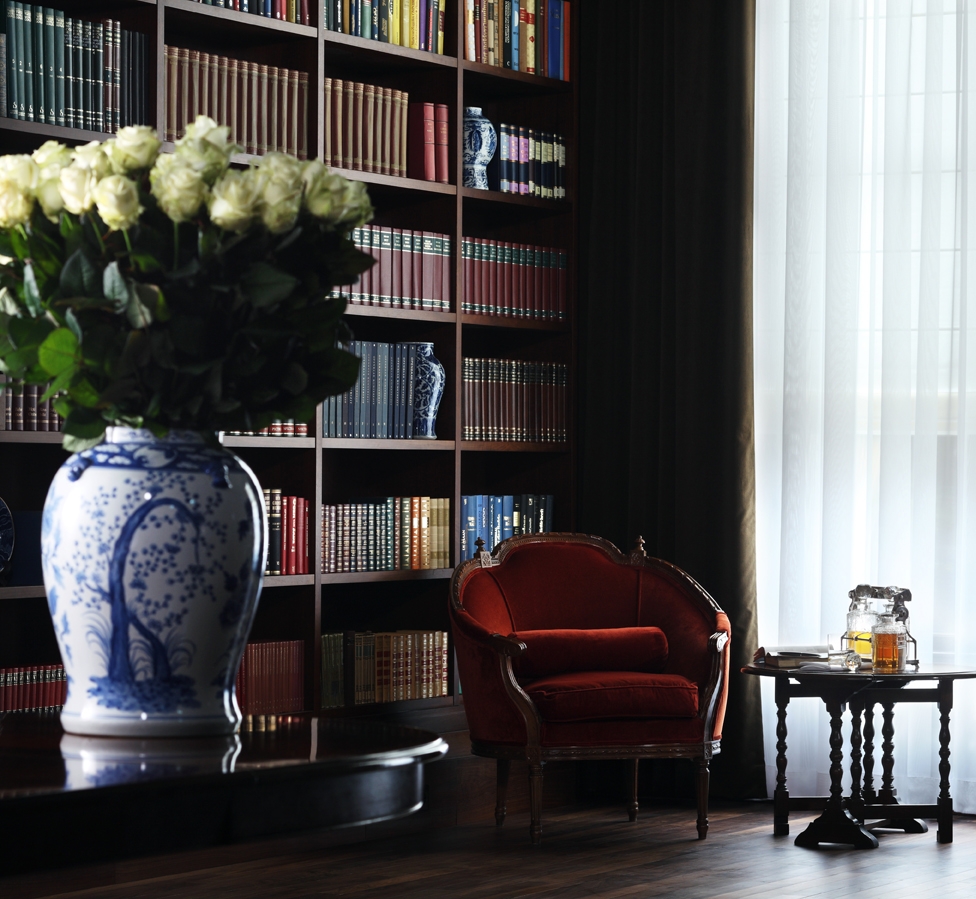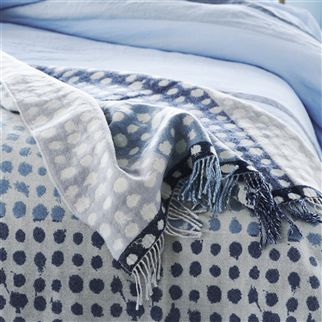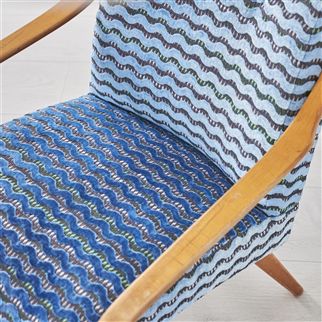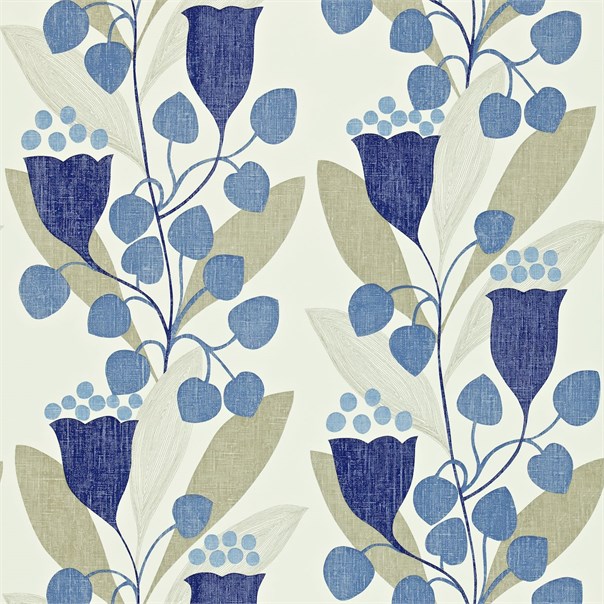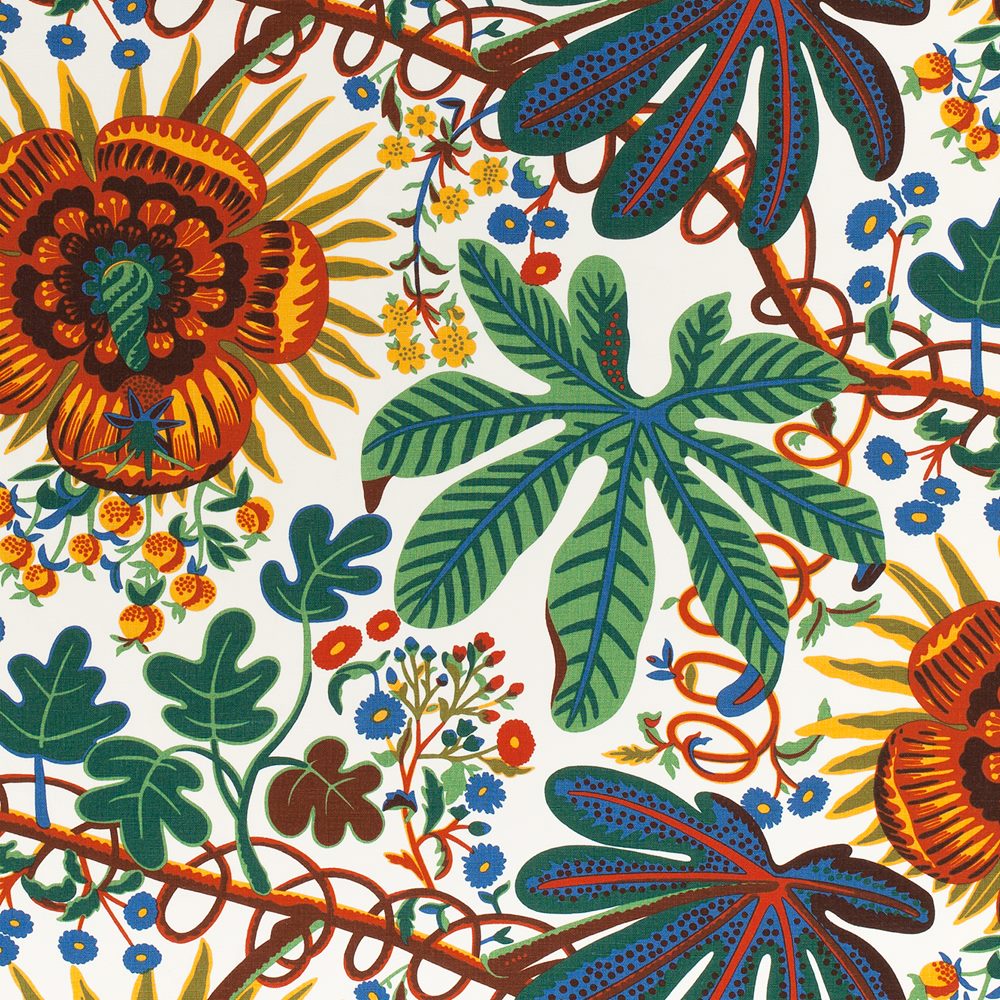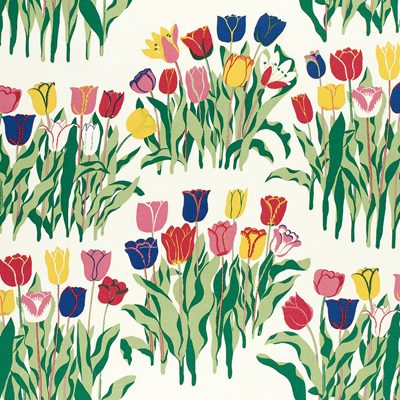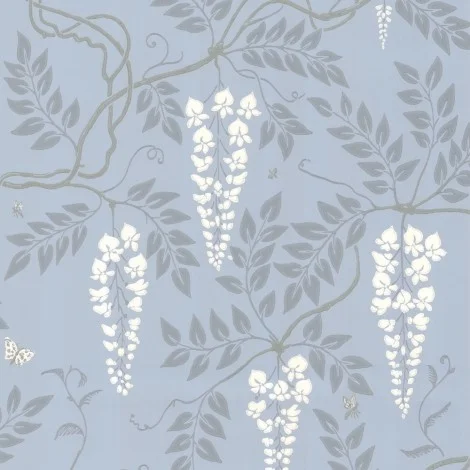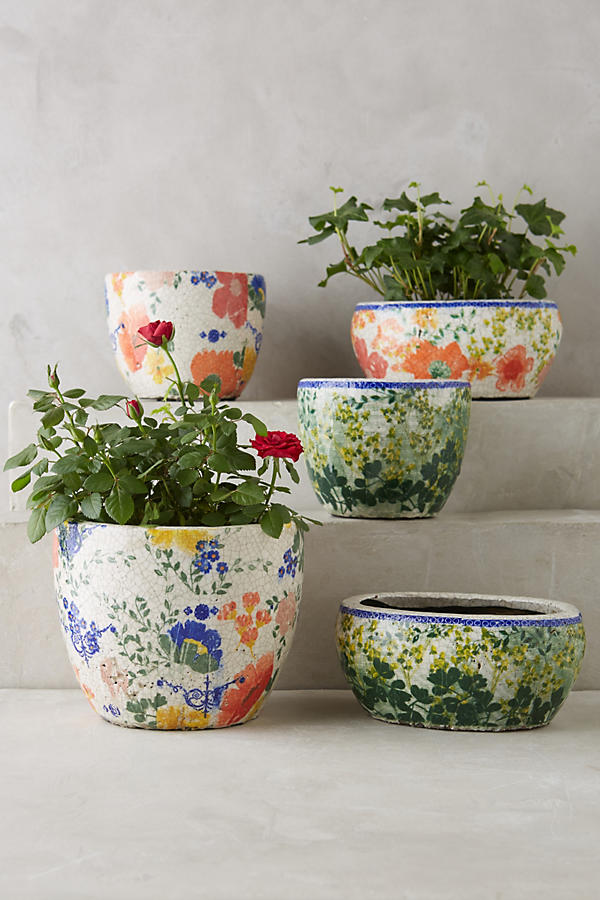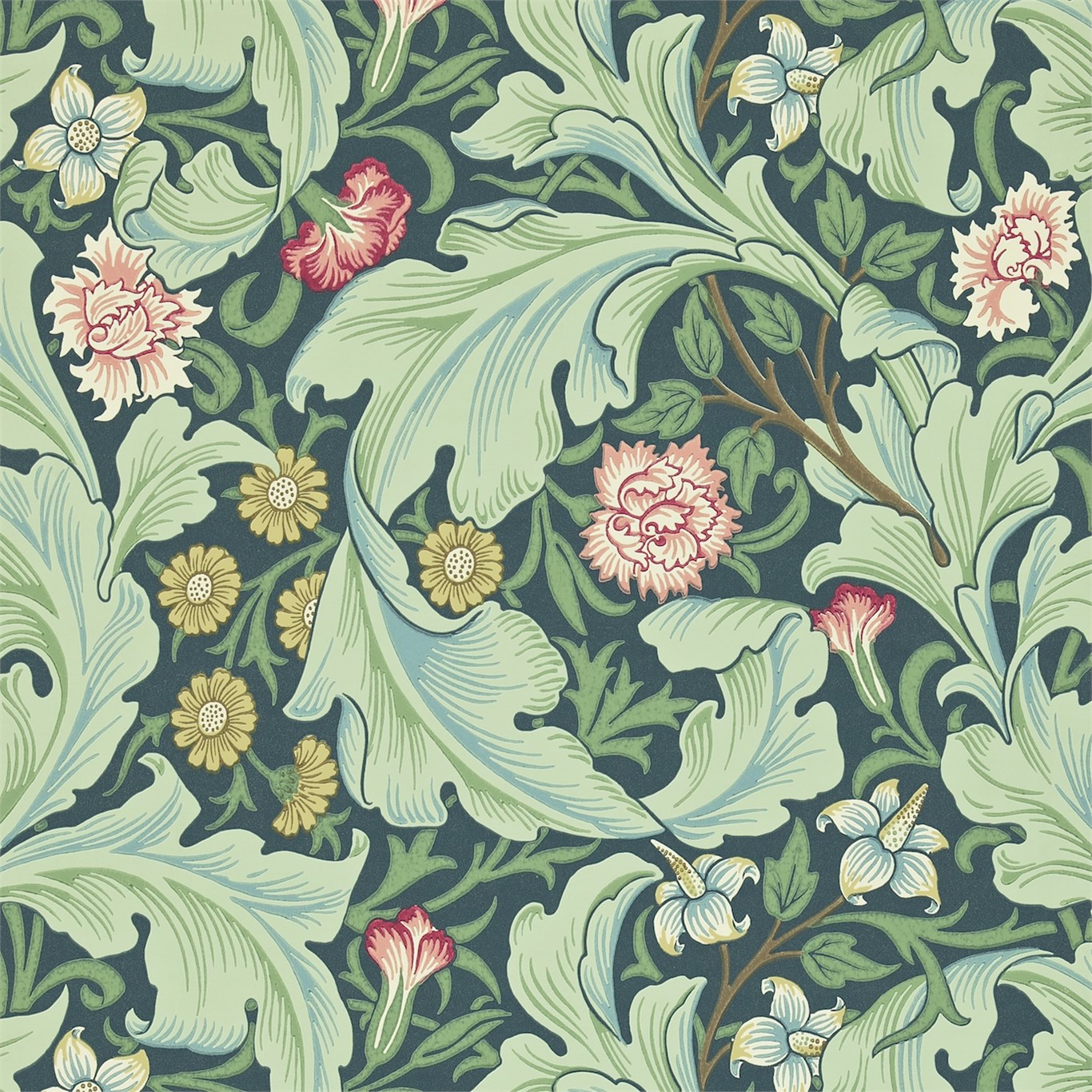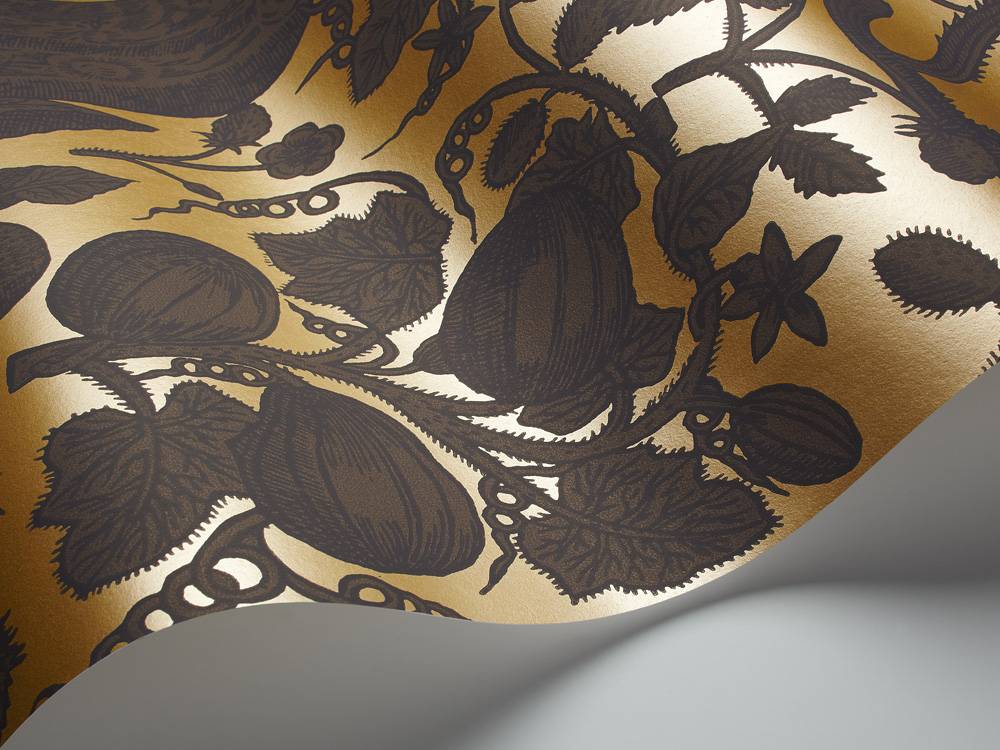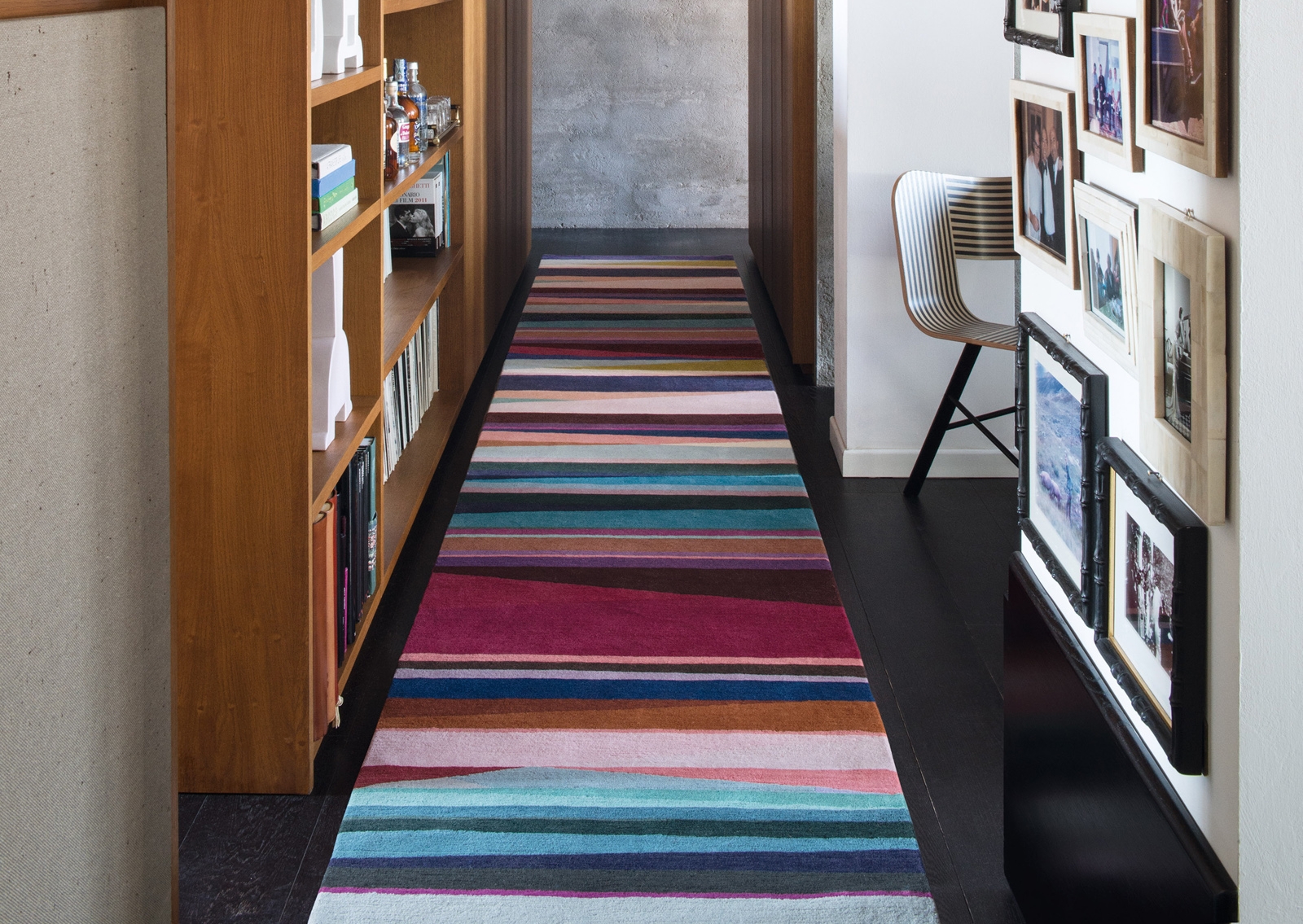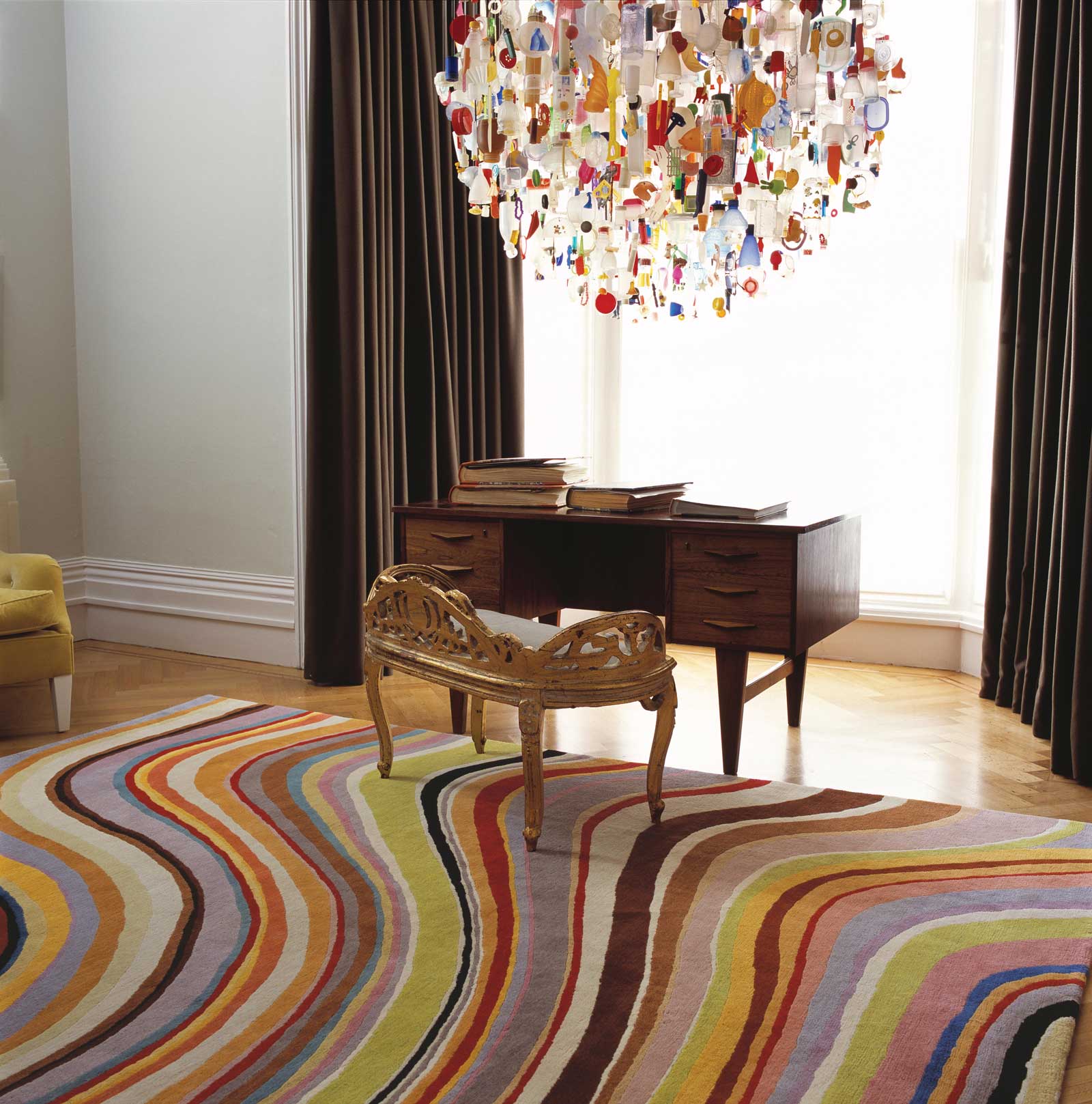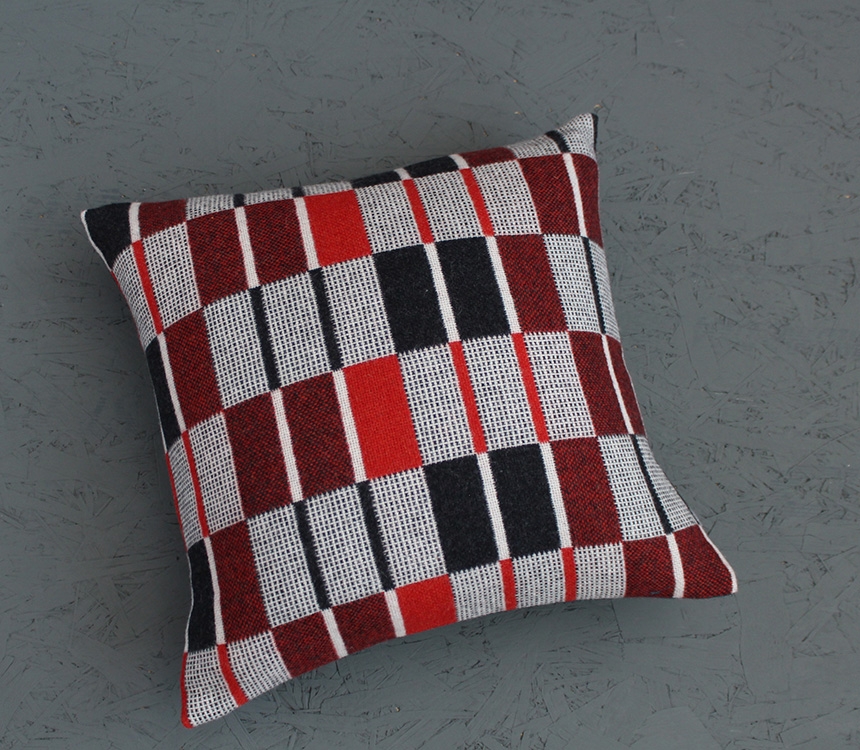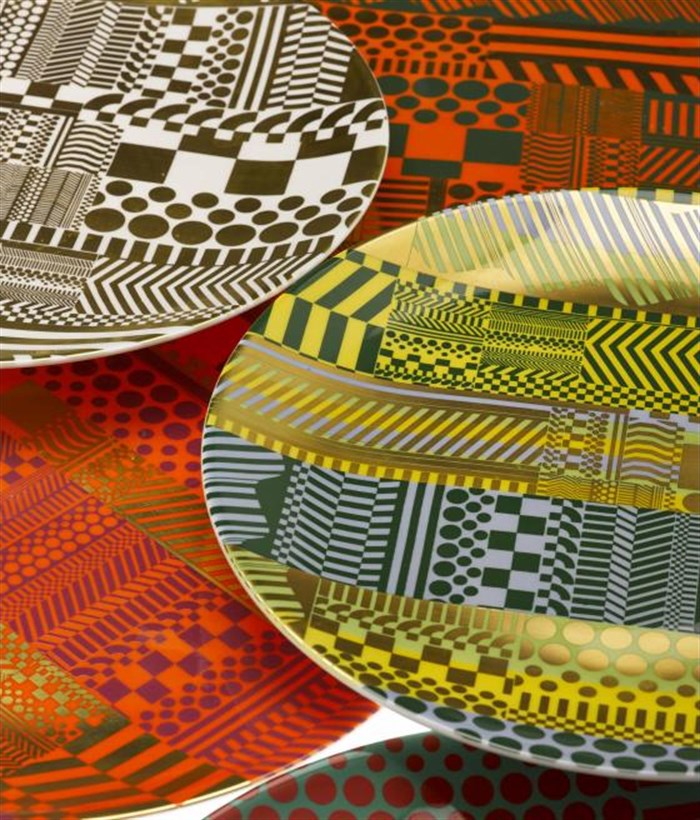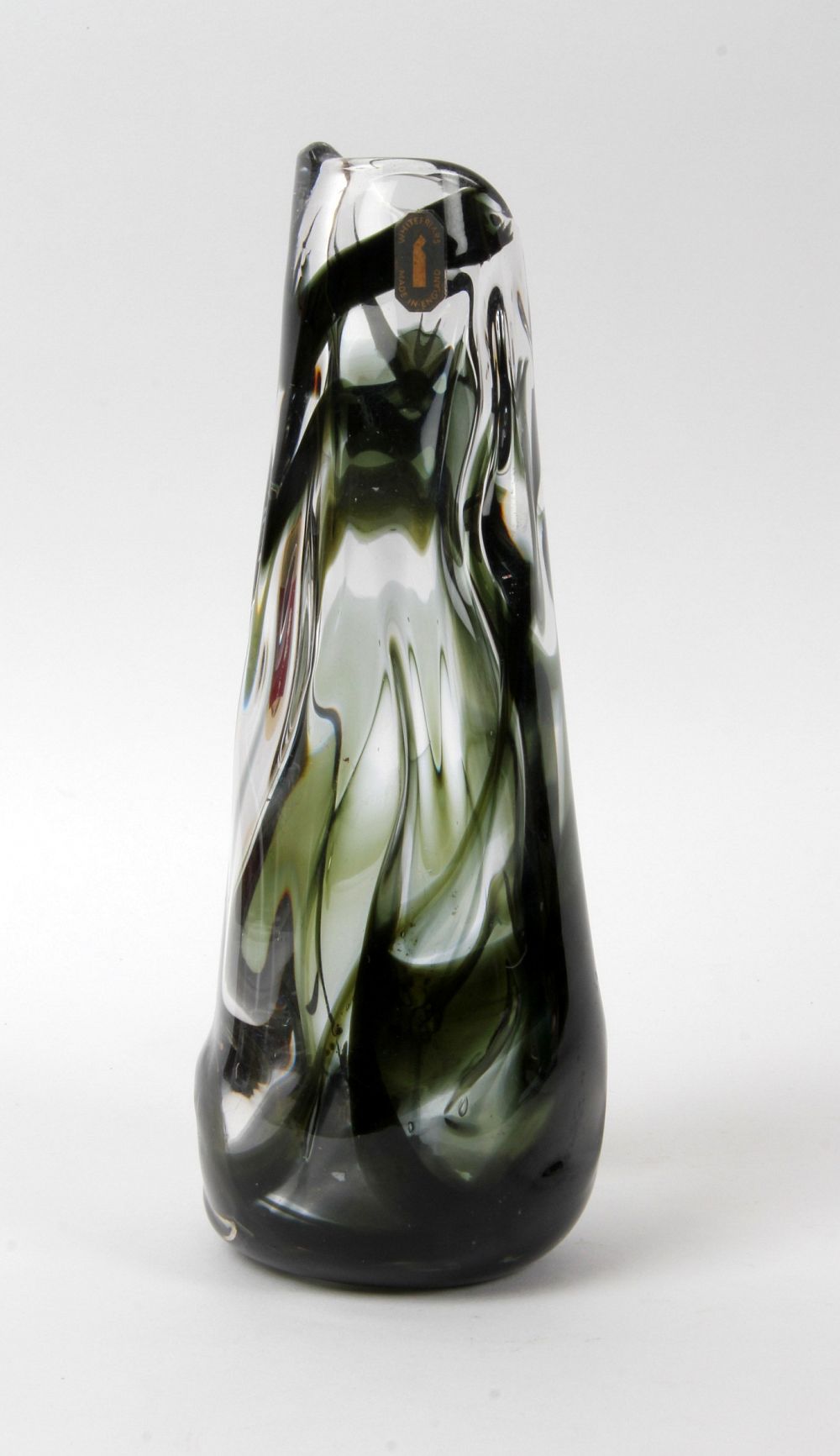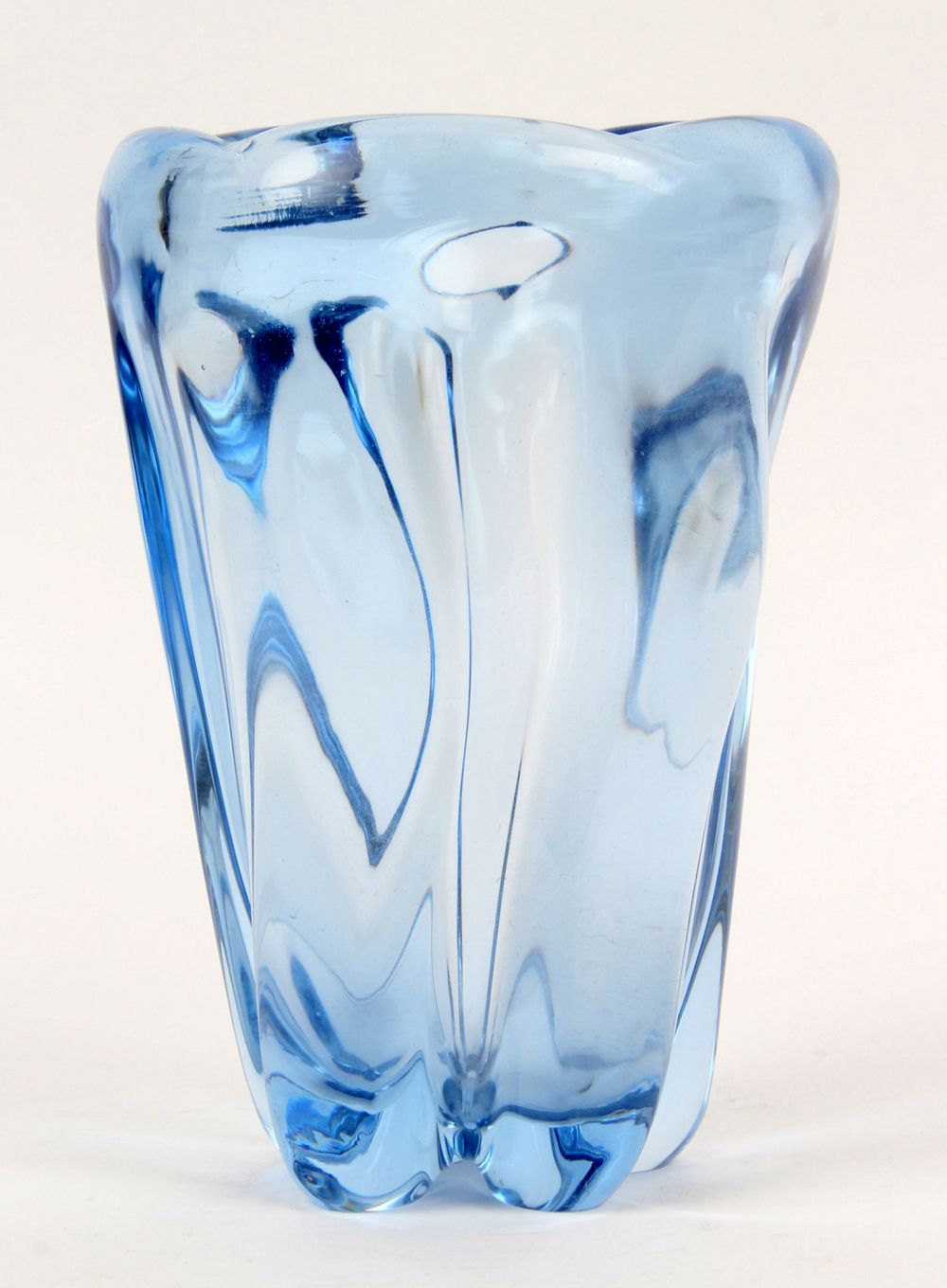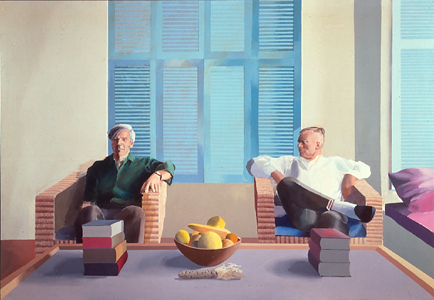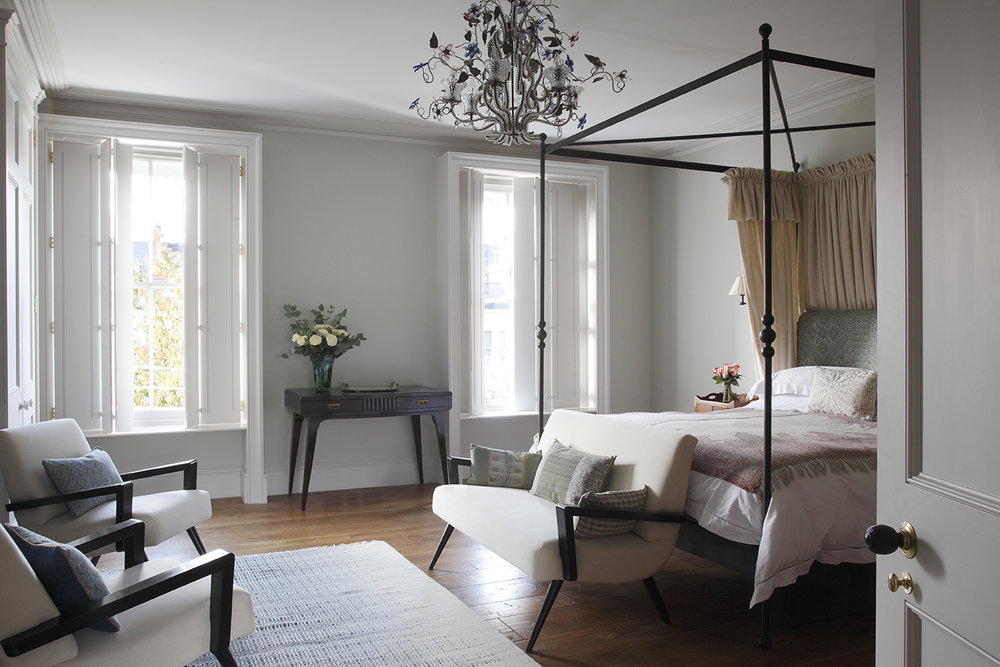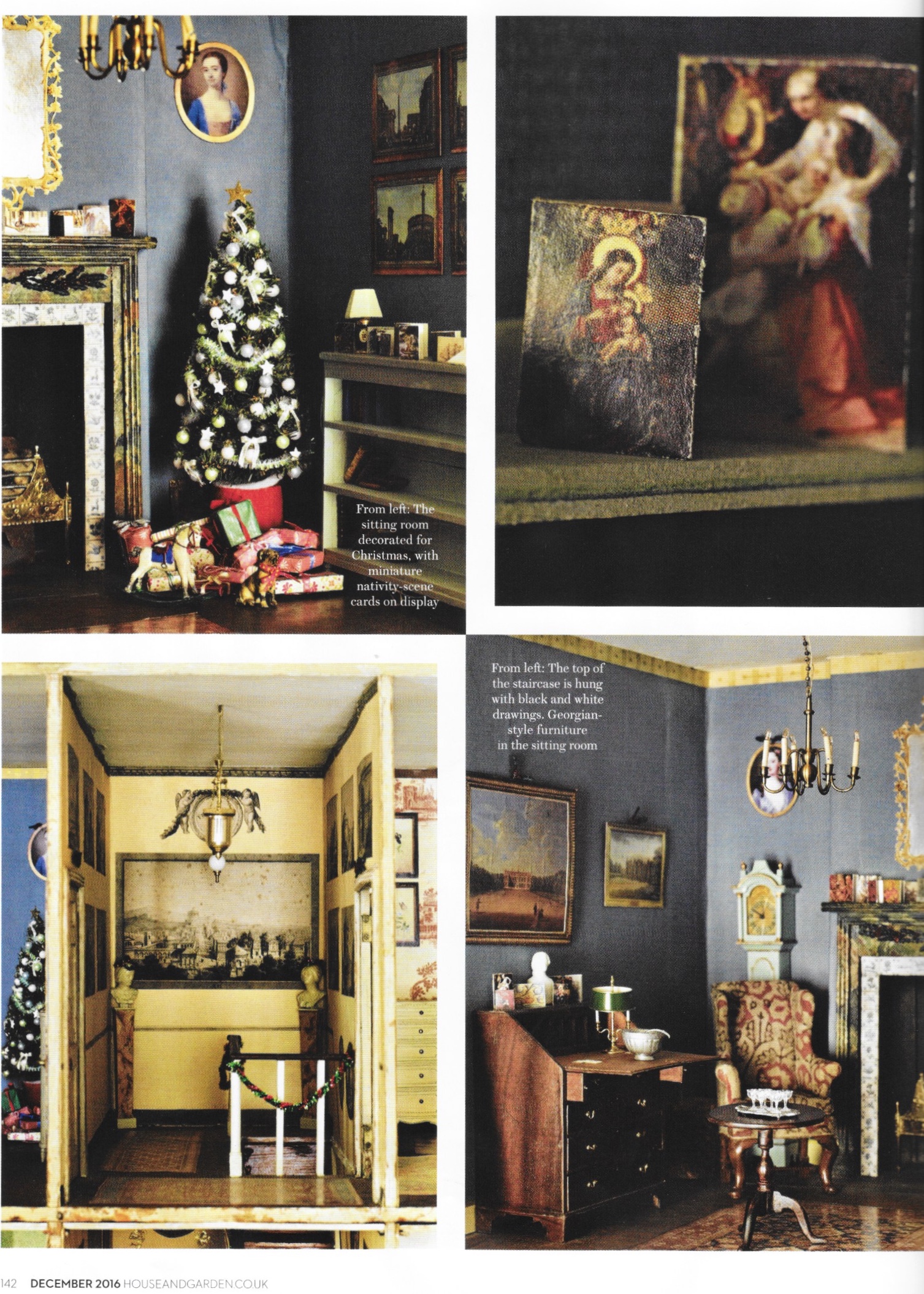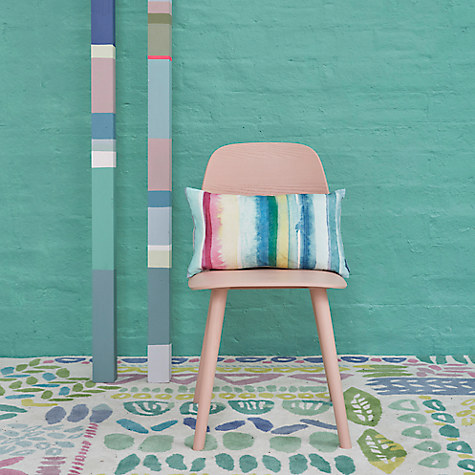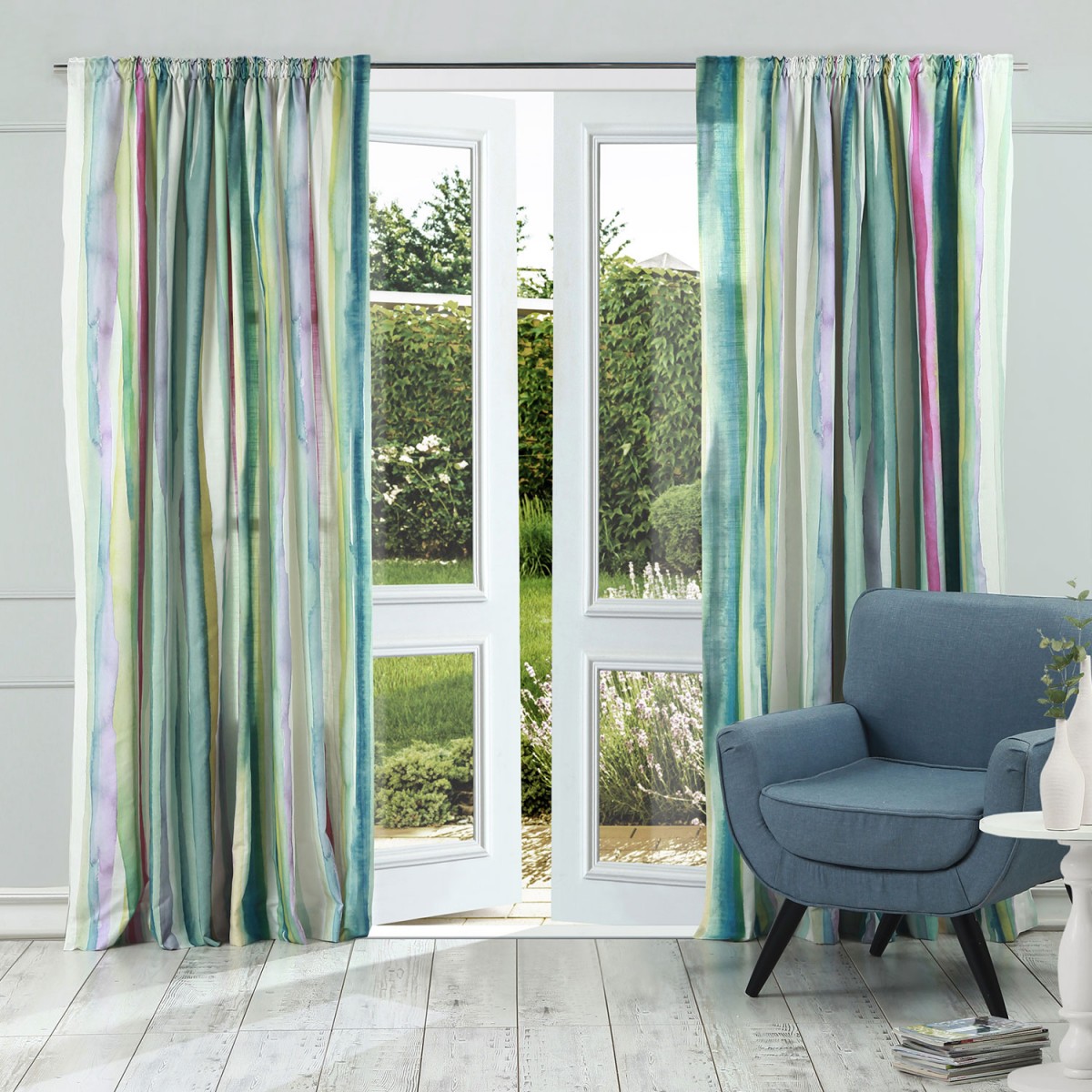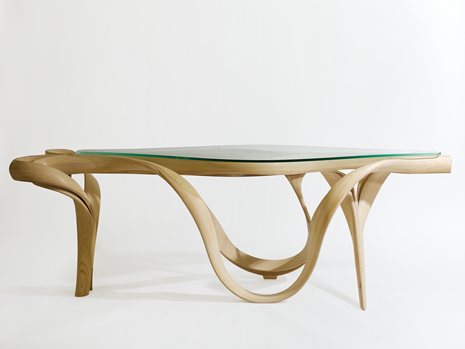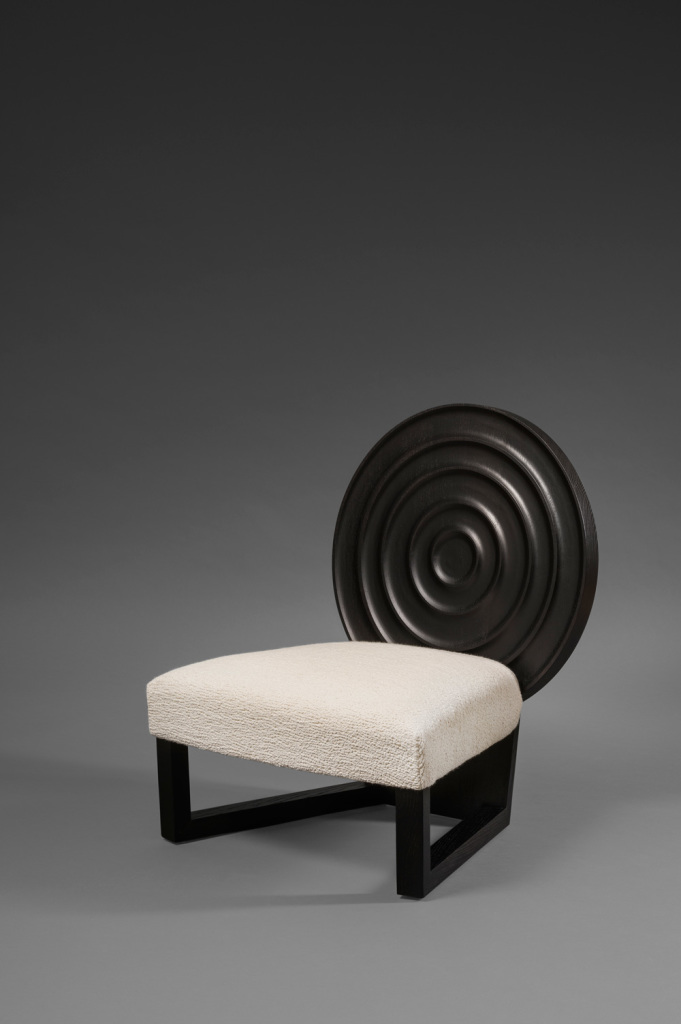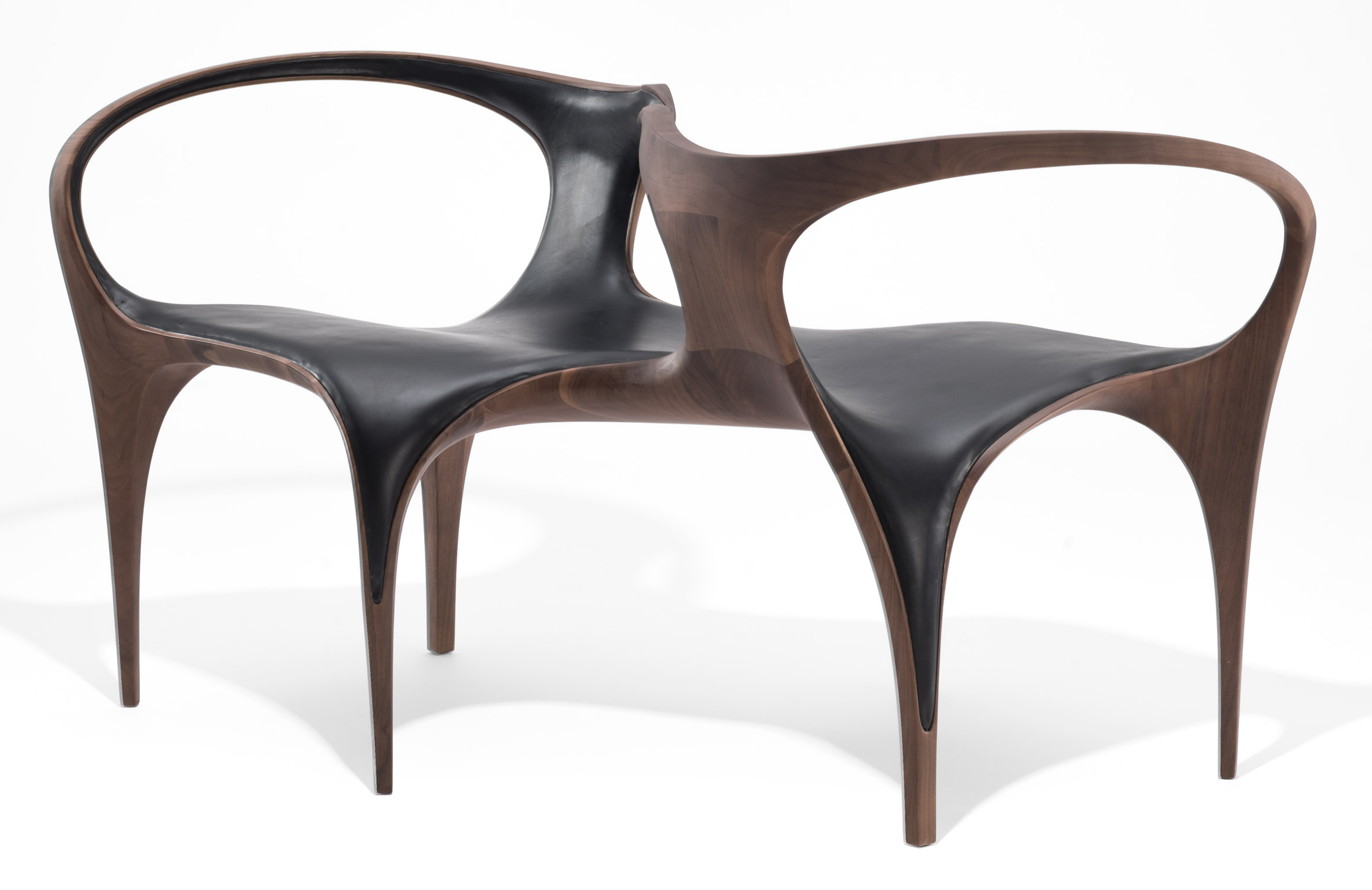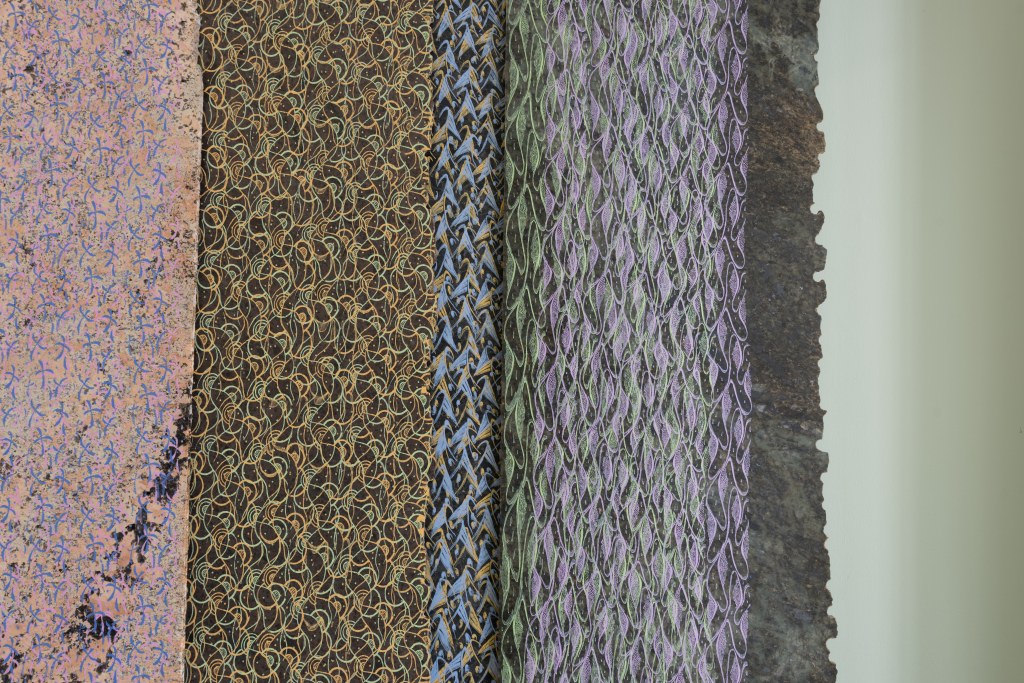The artist Paule Vézelay has been very much out of the limelight since her last exhibition at Tate Britain in 1983. The current Spotlight show at Tate Britain will hopefully re-establish her place at the forefront of modern art.
Despite her French sounding name she was born Marjorie Watson Williams in Bristol in 1892 but moved to Paris in the 1920’s and the influence of the abstraction of Joan Miro, Hans Arp, Kandinsky, and her partner Andre Masson can clearly be detected in her paintings.
In the 1950’s she also started designing textiles, Tate Britain’s current show only has a few of her textile designs on display, but we were intrigued to discover more about her earlier work and also inspired to carry out some further research on her textile designs for companies such as Heals and Ascher. Her influence on contemporary design is evident, not just in her paintings but also in her post-war textile designs as can be seen in a selection of her bed-linens, curtains and furnishing fabrics below.
Orla Kiely is a contemporary designer whose retro designs are inspired by post-war textiles but with a modern twist. She particularly favours the textile prints of the 60's and 70's because of their resonance with the vitality of modern art of the period.
Orla Kiely Designs
Designers Guild have a selection of furnishing fabrics and wallpapers, with a similar aesthetic but with an updated feel.
Designers Guild Furnishings
A number of artists, including Vezeley, put their art on silk scarves for Ascher from the 1940’s onward, with the idea of combining art with industry, demonstrating the connection between craft and art.
Take a look at our mood board of contemporary designs, textiles and furnishings which pay homage to the inspiration of 20th Century art in modern design ...
Lisa Corti is based in Milan and draws inspiration from the exotic and the painterly style of Matisse for her cushions, throws and bed linen.
Lisa Corti Designs
Maxine Sutton, based in Margate, originally trained as a fine artist and her current studio practise reflects this, she describes this interaction as “Holding on and Letting Go. In between cloth and paper”.
Maxine Sutton Designs
Helen Yardley's painterly rugs bring a living room to life with their vibrant tones. She describes her work as "fundamentally paintings about colour and shape and how they relate in space".
Helen Yardley
The Paule Vézelay Spotlight Display is open now until 5 November at Tate Britain.




